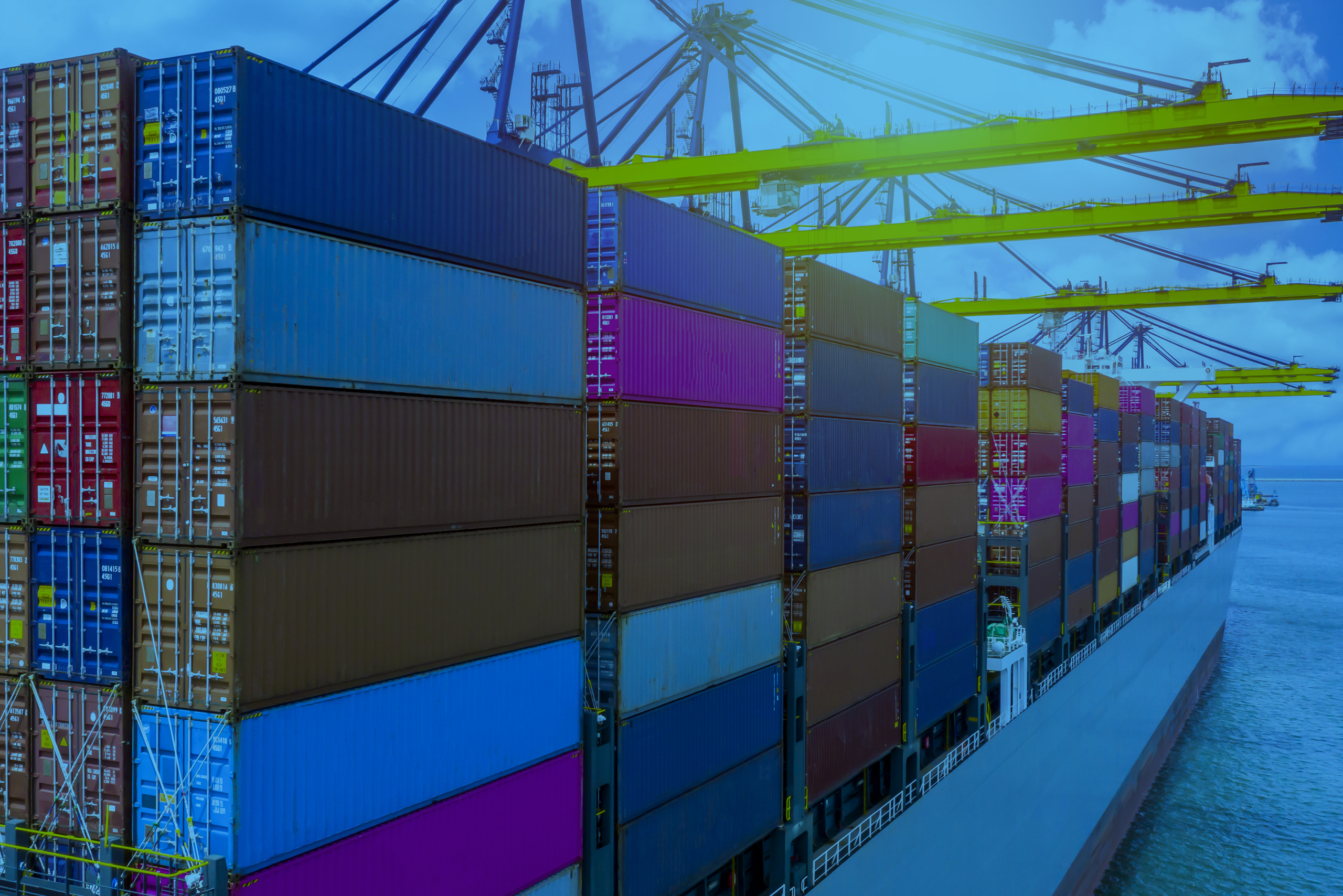The transport of dangerous goods requires special knowledge and thorough safety checks. It is regulated by specific regulations depending on different factors such as the country of origin and destination or the modes of transport.
This means that, although efforts are being made to harmonise regulations, there is currently no single regulation that can be applied globally. There are different bodies and rules that ensure safe international transport where risks to people and the environment are minimised.
Main Regulations
By land, sea and air, these are currently the main regulations for the transport of dangerous goods:
- By land: By road, the ADR agreement (European Agreement concerning the International Carriage of Dangerous Goods by Road) applies. In addition, there is specific legislation for the transport of dangerous goods by rail: the RID regulation.
- By sea: The ADN agreement (Accord Européen Relatif au Transport International Des Marchandises Dangereuses Par Voies de Navigation Intérieures) and the IMDG code (International Maritime Dangerous Goods).
- By air: IATA (International Air Transport Association) and ICAO (International Civil Aviation Organisation) regulations.
These regulations are mandatory in Spain.
The ADR agreement
The European agreement concerning the International Carriage of Dangerous Goods by Road (ADR) was founded on the UN recommendations, signed in Geneva in 1957, for regulating the transport of dangerous goods by road.
It came into effect in 1968 and Spain signed up to it in 1972. Since then, there have been various amendments, like the biennial revisions of annex A and B. The latest revision was 1 January 2019.
The agreement does not have a single authority that regulates its application at an international level. Each country incorporates the application of the agreement within its legislation and designates the competent authorities to ensure compliance. Within the Spanish boarders the Ministry of Development is responsible for applying the ADR in the transportation of dangerous goods by road.
What does ADR regulate?
The ADR sets out the rules for each type of load in accordance with four fundamental areas.
- Fittings of vehicles. Two orange panels should be used, at the front and the back, with reflective and black borders.
- Packaging and labelling. Specifying those characteristics regulated by law.
- Vehicle inspections. Vehicles that transport these types of goods must have passed mandatory inspections.
- Training of personnel. Personnel must have the necessary knowledge regarding transport safety and procedures to be followed in the case of an accident.
Recommendations for the transport of dangerous goods
- Ensure you know the regulations of the transport used.
- Keep in mind that the whole operation must be managed by personnel with the necessary training and having expert advice is a plus. It will provide you with the information and necessary supervision throughout the process.
- Package and prepare goods adequately so as to avoid any risk during the journey and guarantee that it arrives at its destination in good conditions.
- Label goods in the visible place on both the interior and exterior of packaging. Avoid any labels that could cause confusion. For more about labelling check the articles: DANGEROUS GOODS: CLASSES AND LABELING
- Prepare all necessary transportation documents. Fill it in adequately to avoid problems at customs.
- Take out insurance. Take time to evaluate the necessary covers for different loads, modes of transport and destination.
- Plan the shipment with sufficient time. Take into account that dangerous goods go through a more complicated process, from packaging to documentation to permissions.
